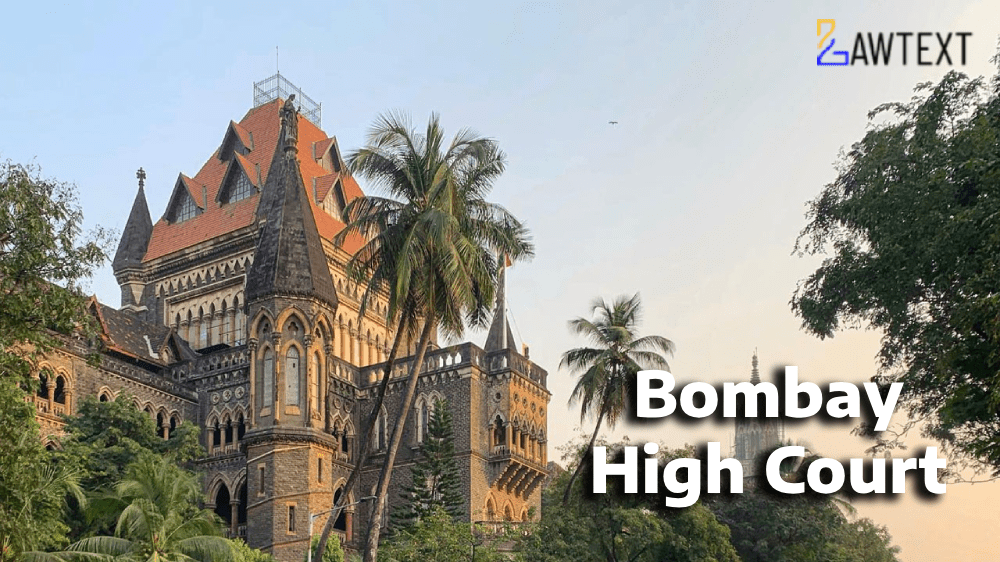

The legal dispute involving a civil suit for partition and related claims, focusing on the issue of limitation under Section 9-A of the CPC. It explores conflicting court orders, the applicability of res judicata, and the impact of legislative amendments on ongoing proceedings.
Background and Parties Involved
Arguments on Validity of Order dated 14.11.2016
Res Judicata and Nullity of Order
Legislative Amendment Impact
Court's Decision
Conclusion
The main legal arguments, procedural complexities, and the court's decisive actions in addressing the limitation issue within the context of the ongoing civil suit for partition.
Citation: 2024 Lawtext (BOM) (6) 105
Case Number: WRIT PETITION NO. 1878 OF 2024
Date of Decision: 2024-06-10
Case Title: Leena Chhaban Tonde (before marriage Leena Yashvant Padale) Versus Dilip Yashwant Padale and Ors
Before Judge: MILIND N. JADHAV, J.
Advocate(s): Mr. Ashutosh Kumbhakoni, Senior Advocate a/w. Mr. Hitesh Vyas, Mr. Aksshay Shinde and Ms. Rasika Raut, Advocates for Petitioner., Mr. Girish Godbole, Senior Advocate a/w. Mr. Sumit Kothari i/by Ms. Deepashikha Godbole, Advocate for Respondent No.12., Mr. Mayur Khandeparkar a/w. Mr. Akshay Doctor, Mr. Parag Sawant, Mr. Kartik Shetty and Mr. Aaryan Parab i/by P.S. Chambers for Respondent Nos.13 and 14.
Appellant: Leena Chhaban Tonde (before marriage Leena Yashvant Padale)
Respondent: Dilip Yashwant Padale and Ors